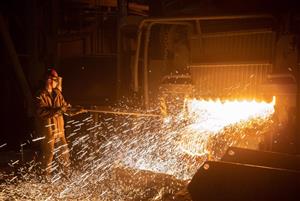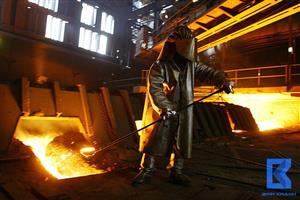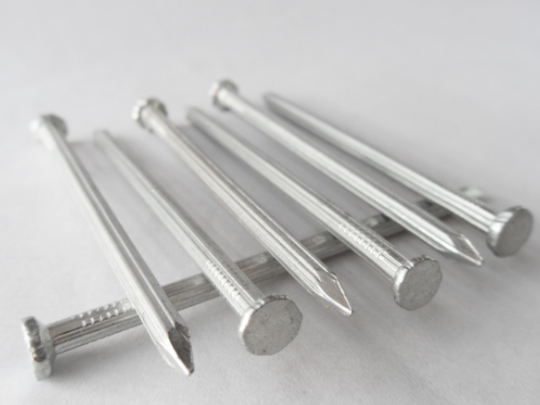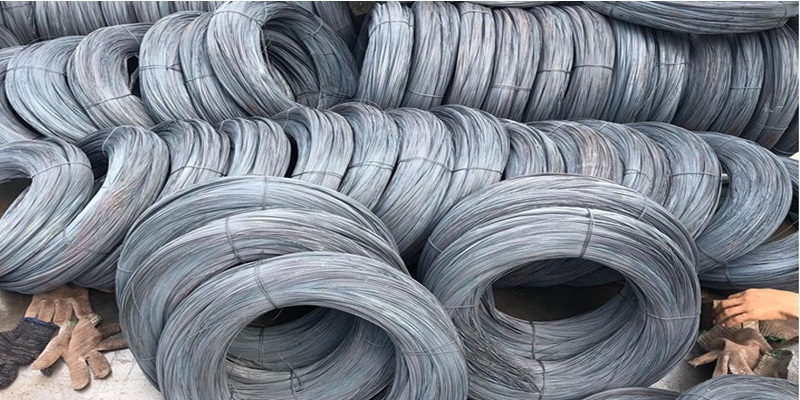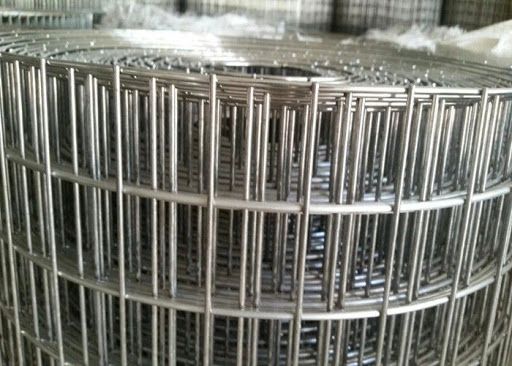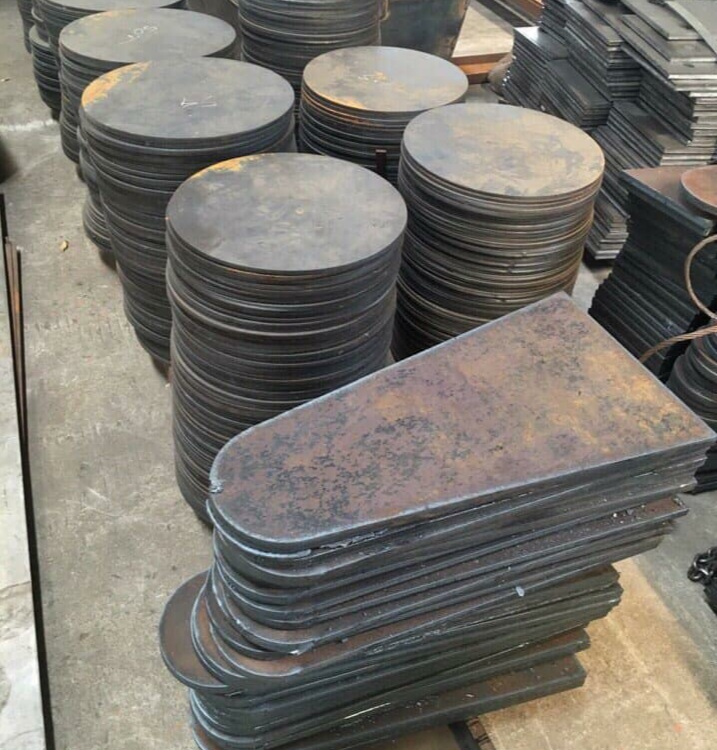According to S&P Global Commodity Insights, this year, China will likely seek to control domestic steel production growth and focus more on capacity swap projects to make the steel industry more environmentally friendly.
However, China will still invest in expanding capacity in Southeast Asian countries so that its giant steel industry continues to operate smoothly, S&P Global predicts.
In China, the “capacity swap” is a program to eliminate old or inefficient steel mills and then build new facilities with equivalent capacity.
The gloomy picture in the country
In 2022, China's new blast furnaces shipped about 30 million tons of pig iron, while the capacity swap program helped generate another 25 million tons of crude steel, according to S&P Global.
As some old mills closed during 2017-2022, new facilities put into operation could help China's pig iron capacity increase by a net 5.4 million tons and crude steel by 5.3 million tons. tons in 2022.
On the other hand, due to the decline in steel demand both at home and abroad, China still has many new unfinished iron and steel projects in the past year.

Along with the projects postponed from 2022, the Chinese steel enterprise also plans to operate more new capacity in 2023.
Therefore, this year, Chinese steel producers are likely to increase new pig iron capacity to 118 million tons and new crude steel capacity under swap mechanism to 141 million tons.
According to calculations by S&P Global, China's crude iron and steel capacity in 2023 will increase by a net 12 and 18 million tons, respectively.
“China's steel demand is likely to continue to decline in 2023 as both domestic and foreign demand slow down.
So if most producers don't curb output, China's operation of new steel projects will put a lot of pressure on the market," a source at S&P Global said.
However, a decline in steel output could help offset the impact of slowing demand, although it is difficult to know if this will happen in 2023, another source said.
According to the above market source, Beijing has made economic growth a top priority for 2023, so any demand for curbs on output from the government will not be too strict.
S&P Global's calculations from data from the National Bureau of Statistics and the China Iron and Steel Association show that the country's crude steel output could reach 1.011 billion tons by 2022. This is the second consecutive year of production. crude steel volume goes down.
In fact, in 2022, the decline in steel demand will be larger than the decrease in output. The main reason stems from the debt crisis of the real estate sector and the continued outbreak of COVID across the country.
As a result, in an oversupplied market, the profit margin from selling 1 ton of construction steel dropped from $129 in early February 2022 to -80 USD in mid-June and then recovered to $80. level 1.7 USD at the end of December.
“I think the downward pressure on the steel market in the first half of 2023 will be greater than in the second half of the year,” another source at S&P Global said.
This source argued that, in addition to the two leading steel demand drivers, real estate and domestic consumption, the production plan of steel mills also contributed to downward pressure on prices in the market.
Every year, factories will ramp up production in the spring, then reduce output in the summer and winter, the source said.
If the construction industry recovers
New home sales in China may start to recover from mid to late 2023 due to low 2022 base and recent stimulus packages launched by Beijing to support the real estate industry. effect, some steel companies predict.
In the billion-people economy, home sales are an important source of finance that real estate businesses use to finance new projects.
However, all S&P Global market sources expect the number of new housing starts - the most important factor driving steel demand in China - will continue to decline through 2023.
However, they believe that the decline in steel demand in the real estate sector this year will not be as severe as in 2022.
According to the National Bureau of Statistics of China, in the first 11 months of this year, the number of new housing projects that started construction fell by 38.9 percent year-on-year, while new home sales fell by 26.6 percent.
In addition to the difficulties of the real estate sector, China's manufacturing sector is likely to continue to be affected by the slowdown in domestic construction activity and weaker foreign demand for goods.
"The contraction in consumer demand in other countries will be the leading disadvantage for China's manufacturing sector and its steel demand...", another source of S&P Global said.
Fortunately, China's infrastructure construction will pick up in 2023 and is likely to stay at or even slightly above the November 2022 figures.
Year-on-year, infrastructure investment in China in November increased by 10.6%.
Keep an eye on ASEAN
Despite challenges in the domestic market, Chinese steel enterprises are still considering investing in ASEAN countries in 2023.
Last year, steel demand in ASEAN was expected to reach 77.9 million tons, up about 3.5% from 2021, data from the Southeast Asian Iron and Steel Institute (SEAISI) shows.
Steel supply in ASEAN is expected to exceed demand if new steel projects come into operation in Indonesia, Malaysia and Vietnam. It is estimated that total production will gradually increase from about 90.8 million tons to 162.6 million tons by 2030, SEAISI forecasts.
SEAISI said the majority of new steel mills in ASEAN are built by China, with the aim of selling steel back to China.
Vietnambiz
 English
English  Vietnamese
Vietnamese
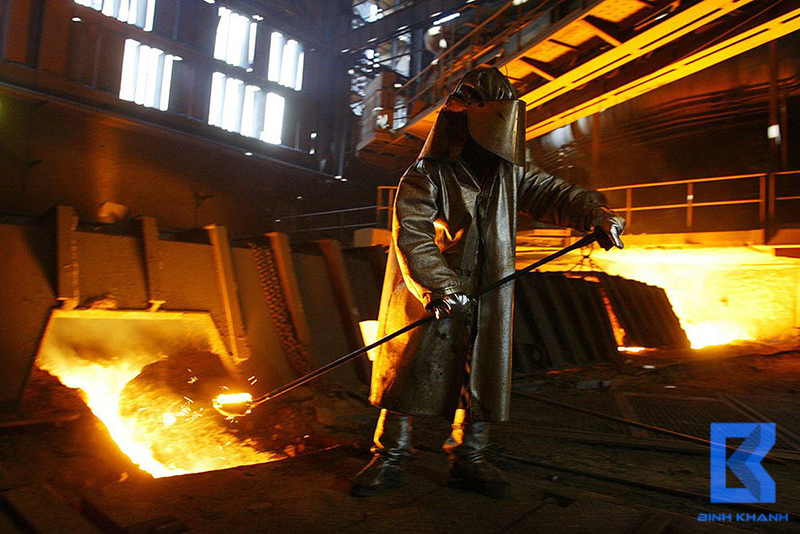


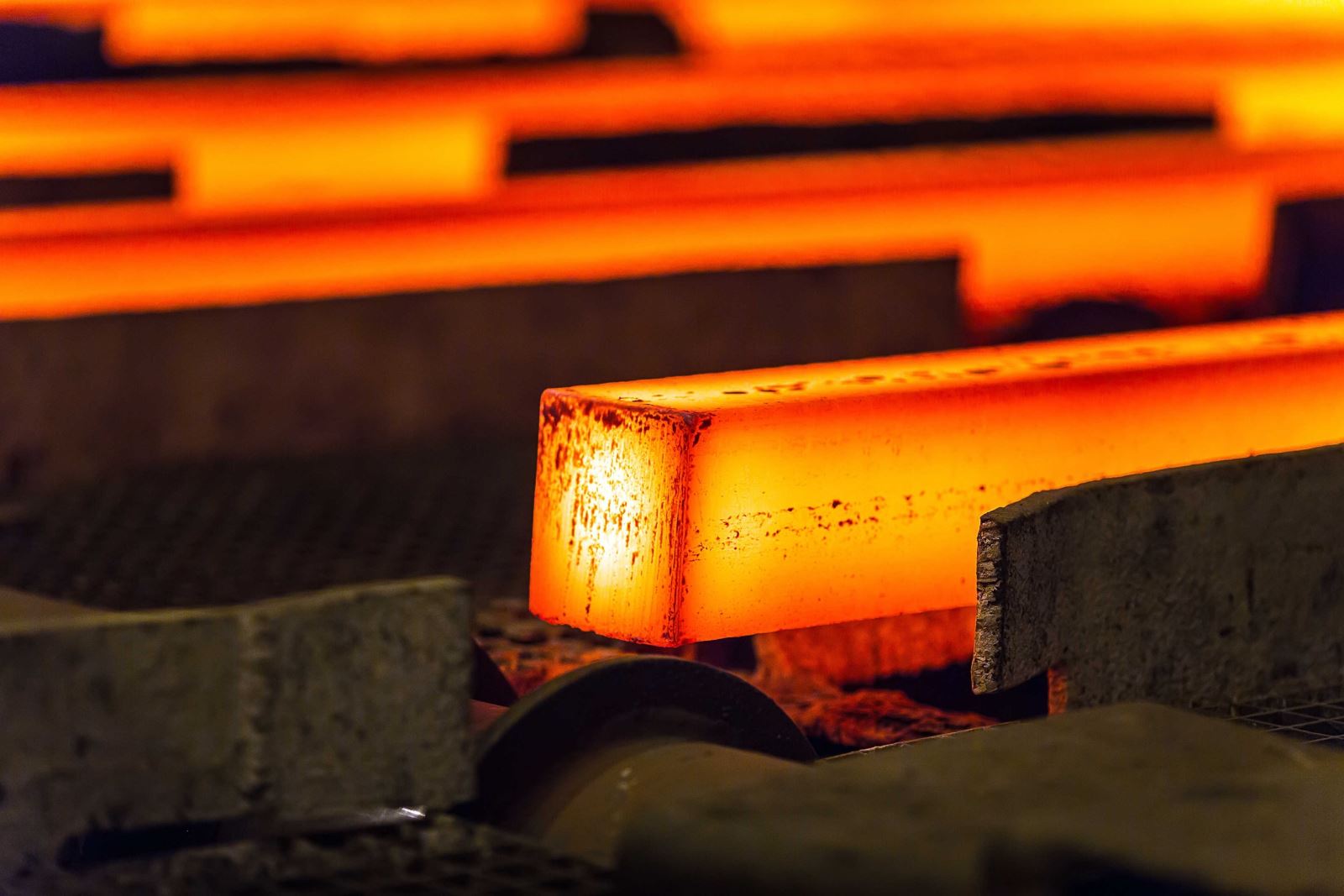

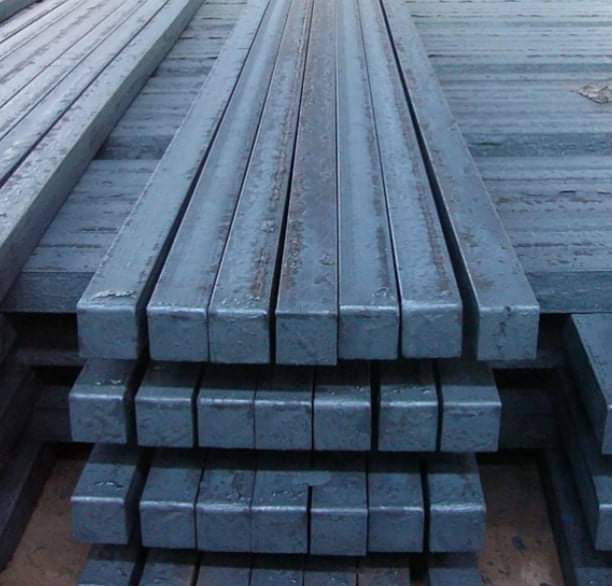

w300.jpg)
